When it comes to assessing the performance potential of a car, the 0-60mph test still rules the roost. Regardless of its relevance in the real world, the ability for a car to scrabble from standstill to the national speed limit (in the UK) as quickly as possible is a handy shorthand for what you can expect when you put your foot down and head for the horizon. Or is it?
You see, acceleration claims for new performance cars are easy to make, but often tricky or even misleading to compare. When it comes to standing-start acceleration, judging cars on like-for-like terms isn’t always easy, with slightly different benchmarking standards often skewing your comparisons.
European manufacturers most commonly claim standing-start acceleration for their cars in 0-62mph because it’s equivalent to 0-100kmh; but some UK-based firms still claim 0-60mph instead. Meanwhile some American-based car-makers who claim 0-60mph performance do it on the basis of a ‘one-foot rollout’ drag-strip-style performance measure which disregards the first foot of the car’s acceleration run, and therefore isn’t a fair basis for comparison with any ‘from rest’ figure. Because this is now such conventional practice in North America, it’s usually not even acknowledged, making it very problematic to compare standing start acceleration claims made by, say, Chevrolet or Tesla with those of Porsche, Ferrari or Mercedes-AMG.
Even if everyone dealt in like-for-like terms where acceleration claims are concerned, though, isn’t there a better and more representative measurement of real-world performance potential than a 0-60mph claim? The answer’s yes; and it’s one that also balances out the advantages often given to brand-new performance cars by super-sticky ‘cup’ tyres, electronic launch control systems, active four-wheel drive systems, and torque-rich electric motors that can, between them, provide performance that’s much more instant than it is long-lasting. There's no such confusion here at Autocar, because we conduct all our own, independent road testing, meaning every car has been through exactly the same process, so consisitency is guaranteed.
Below is a list of the fastest-accelerating performance cars we've every strapped our calibrated, GPS-based timing gear to. They are ranked not on 0-60mph pace but instead primarily in order of their roll-on, through-the-gears acceleration from 30- to 70mph; with standing quarter-mile acceleration used to break any ties arising between cars of the same pace. In many ways this is a far more representative test, because it's a truer reflection of how we use a car's perforamance. Almost nobody sits at the traffic lights waiting to drop the clutch quick-smart for a tyre-smoking getaway, but most of us do zap up to the national speed limit when joining a motorway, or when overtaking slower traffic on an otherwise clear single carrigeway.

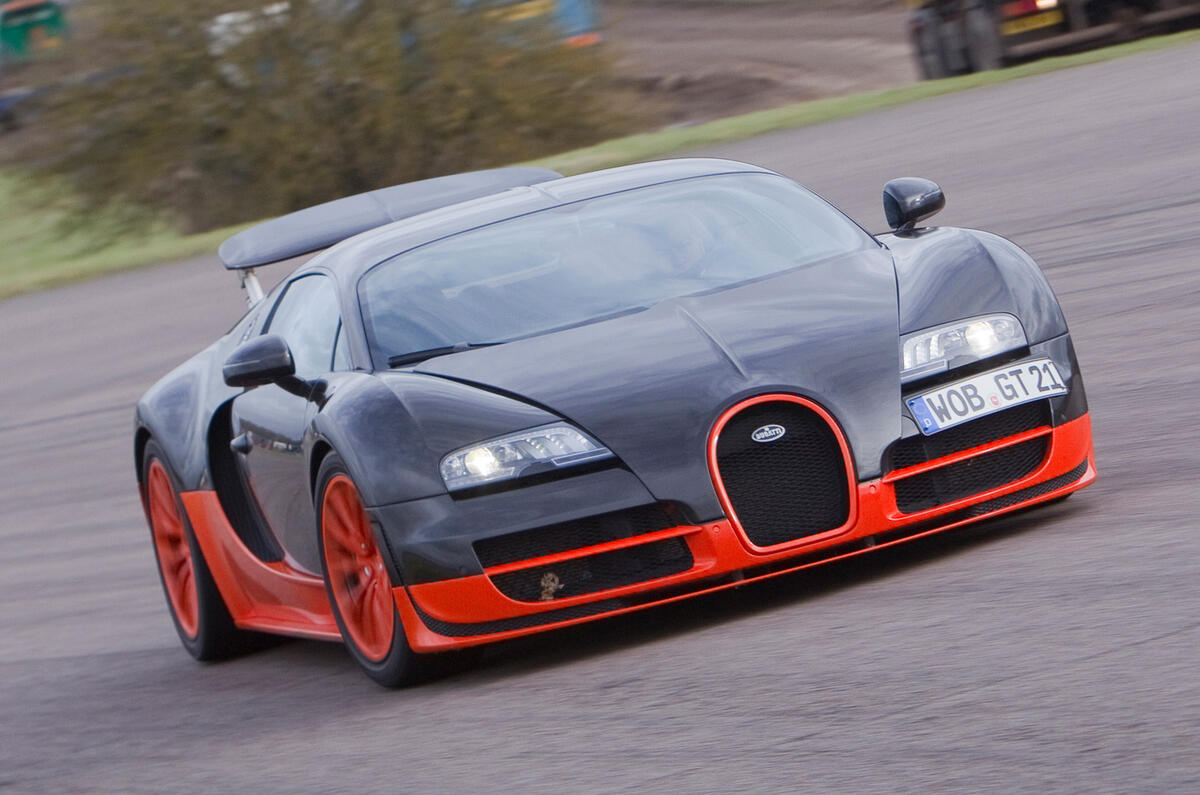
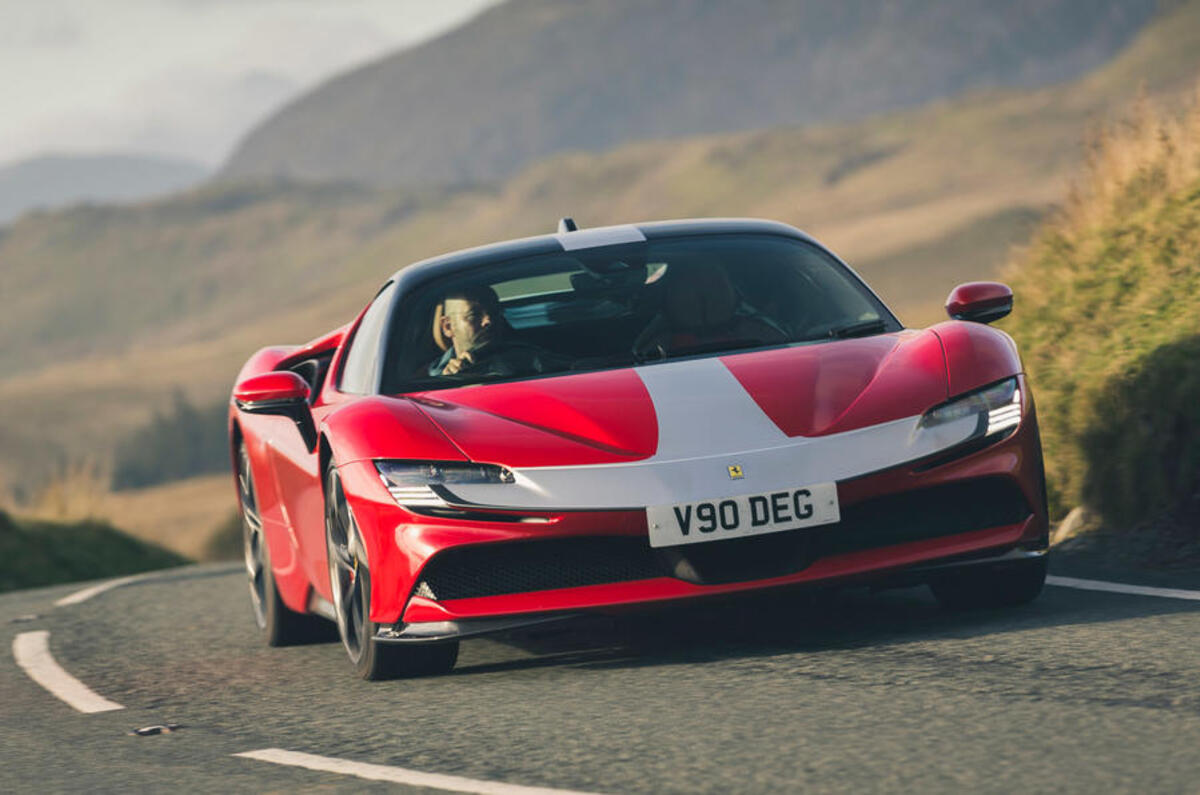

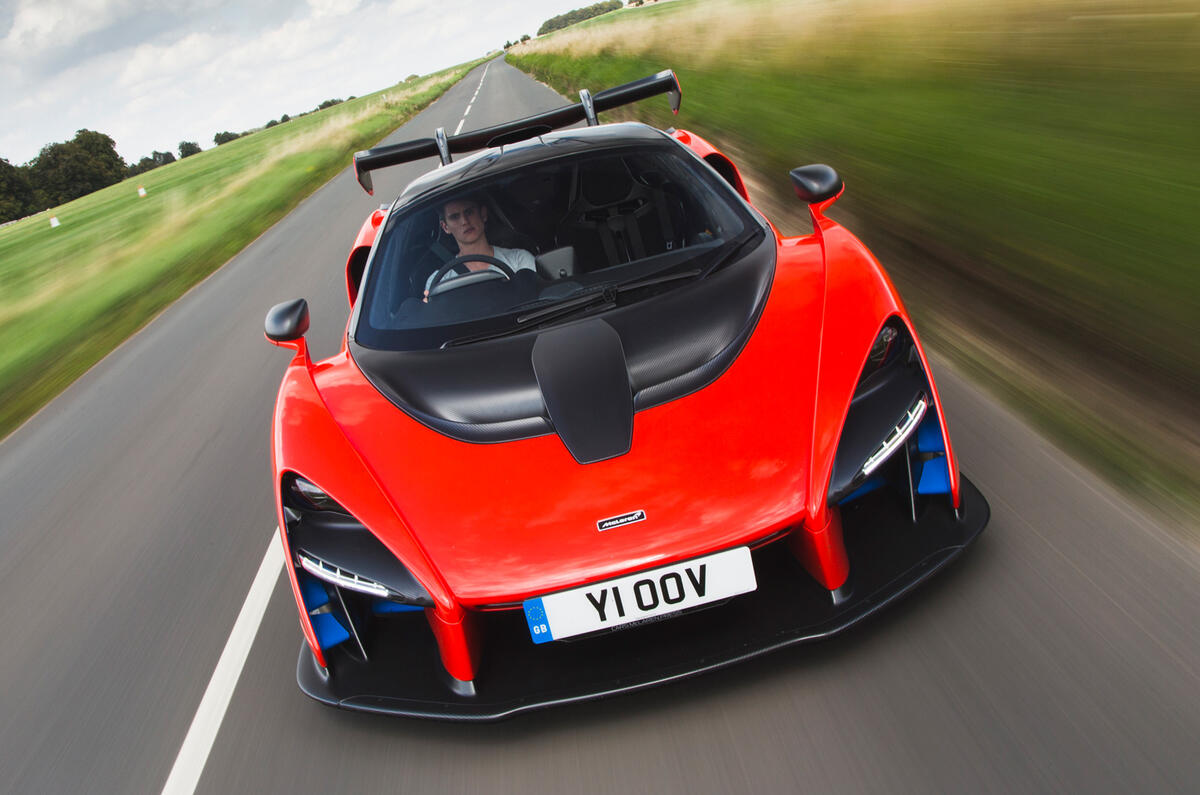






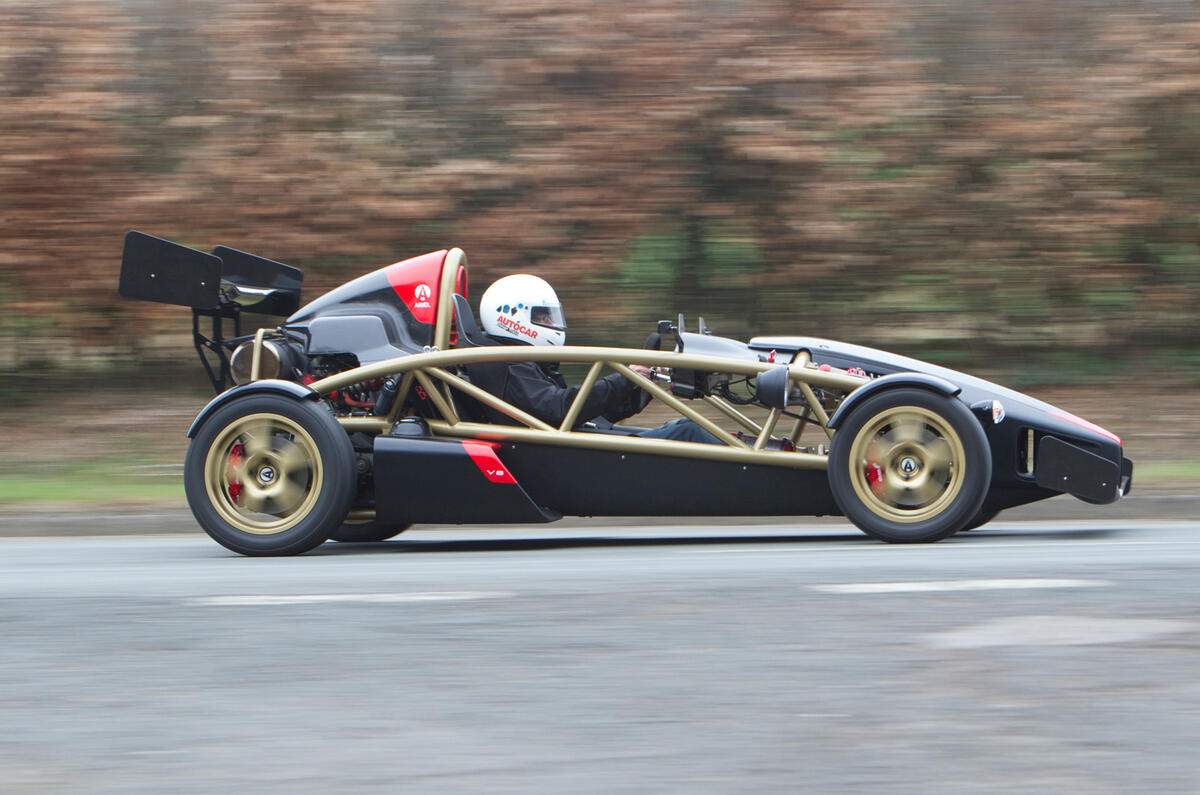

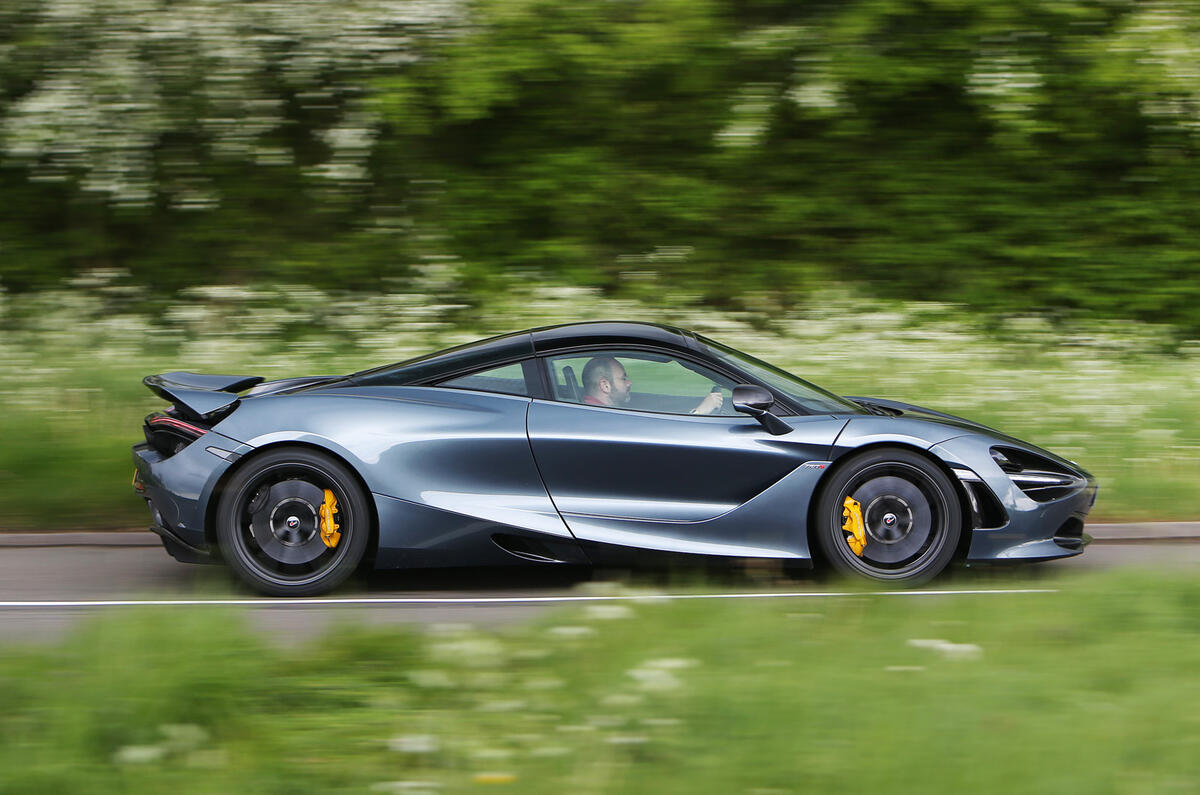










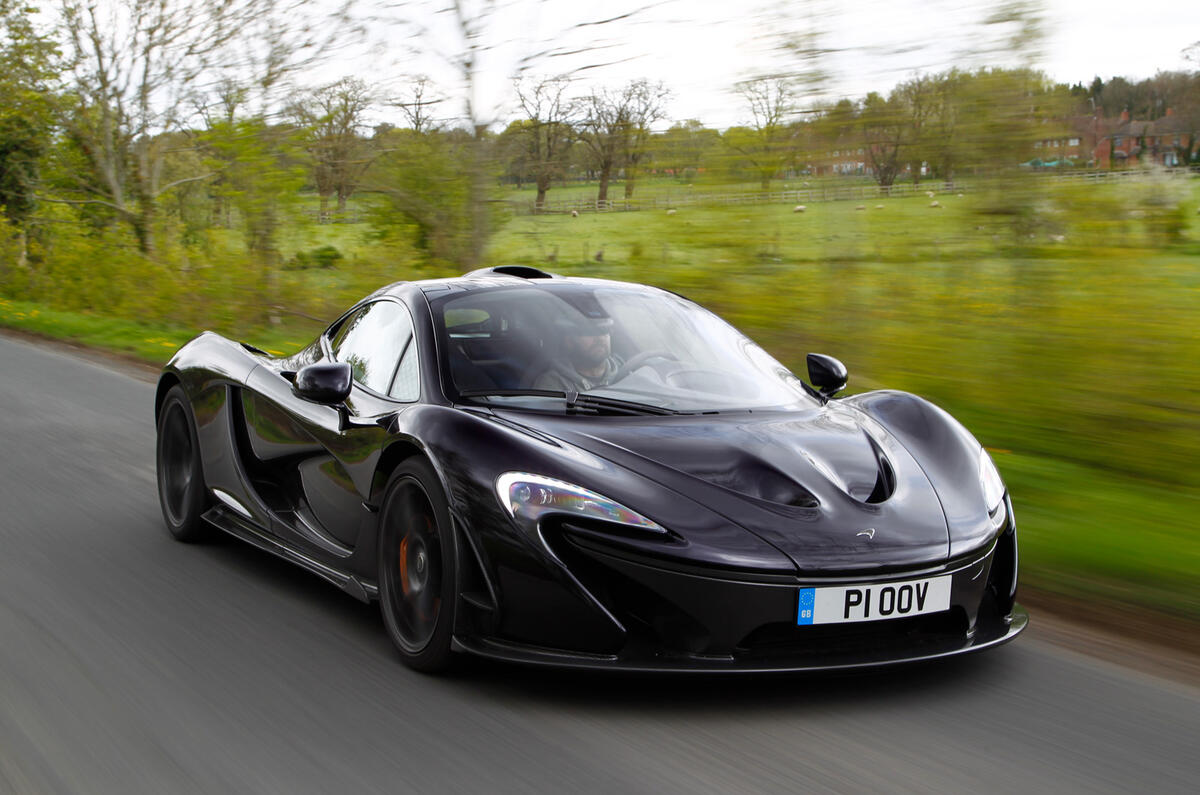

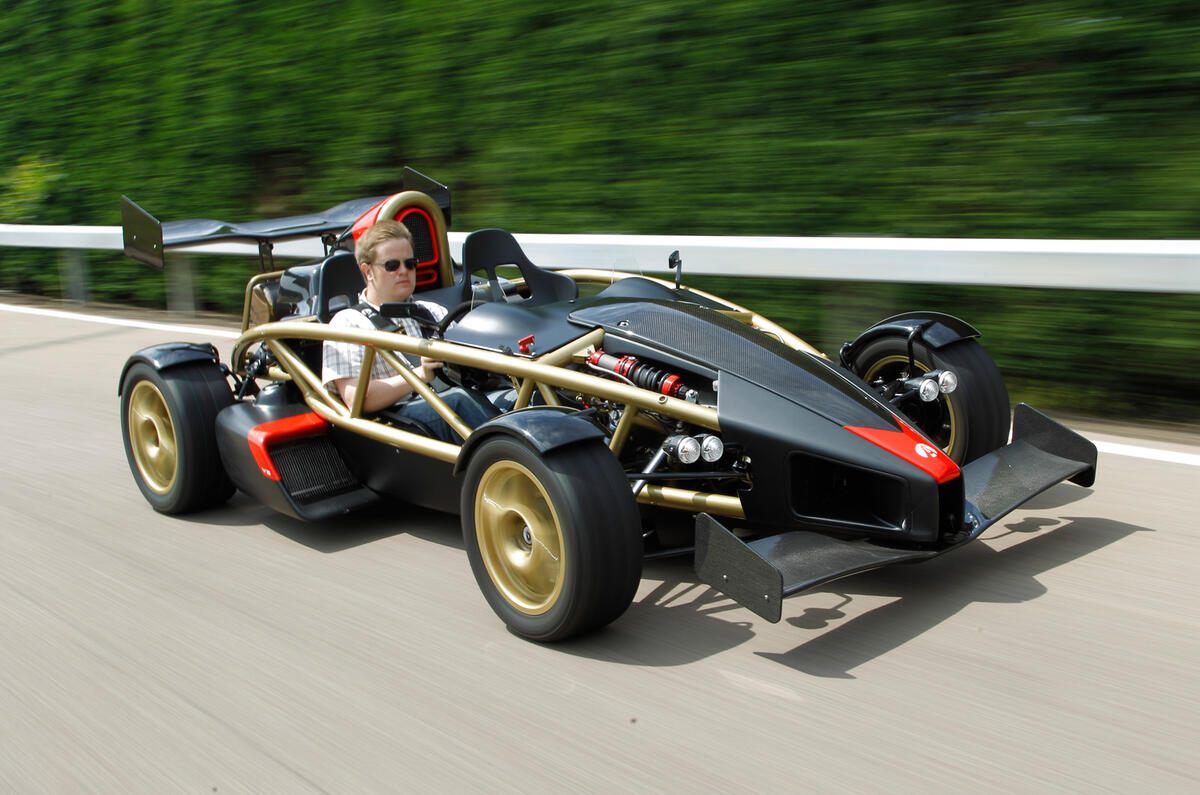
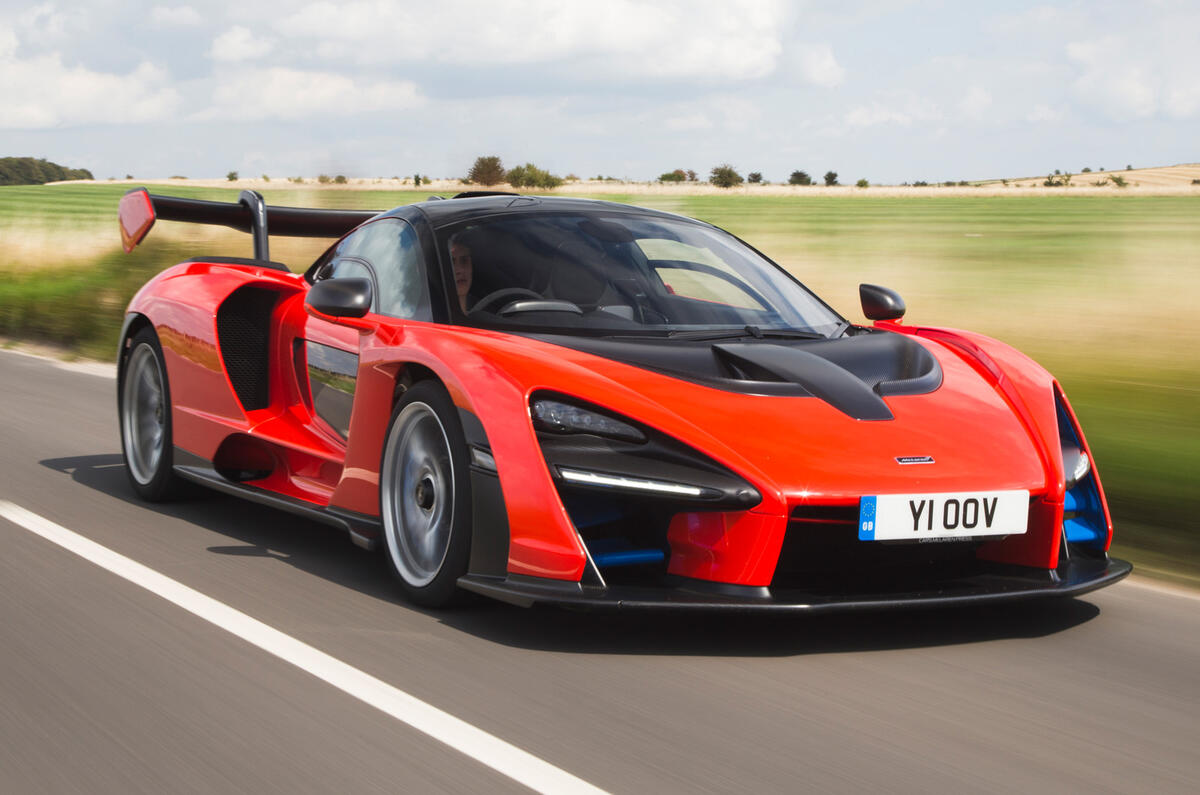


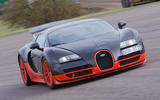
































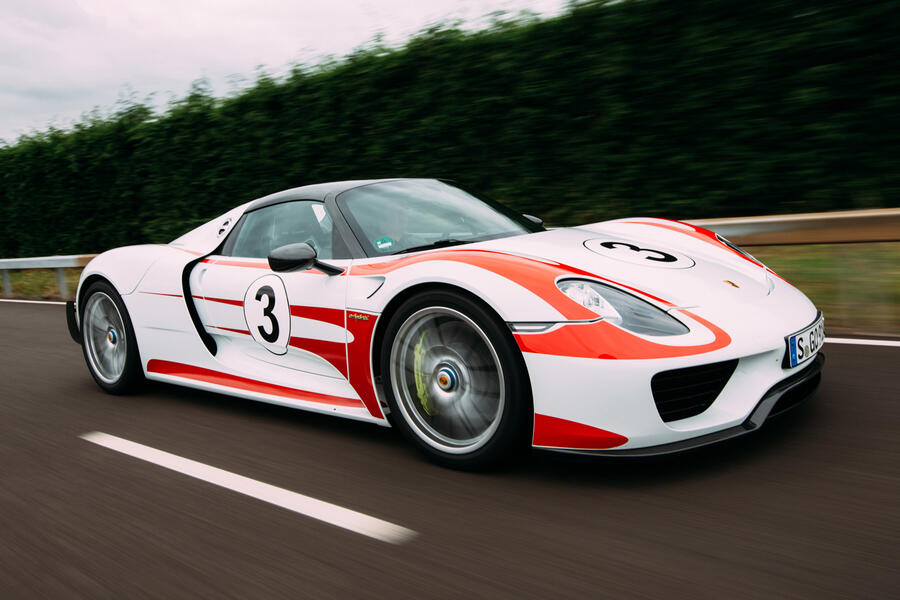

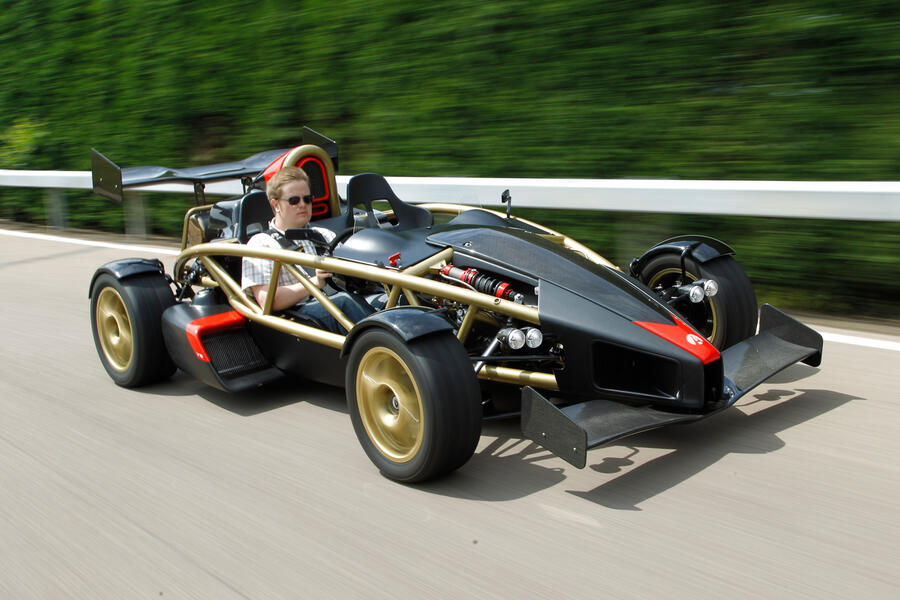
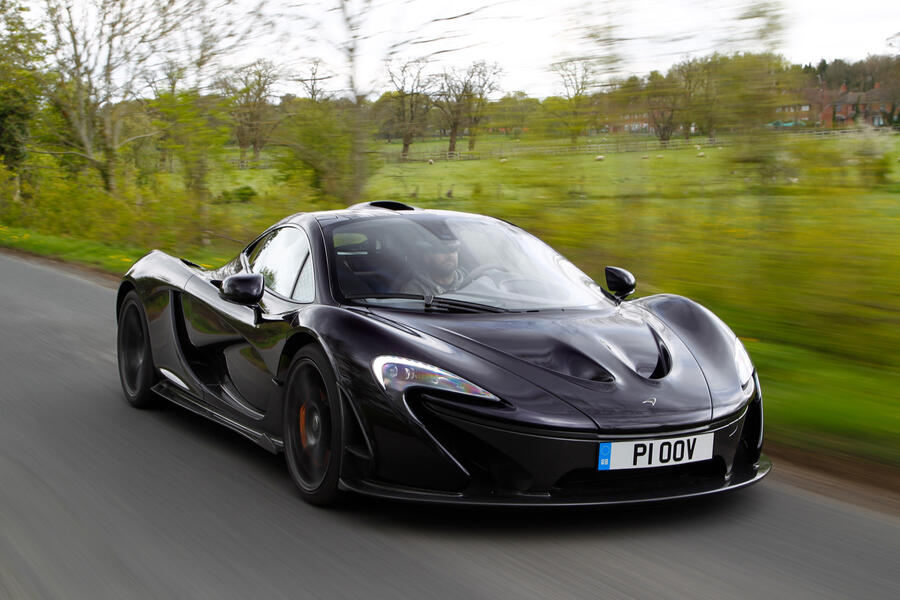

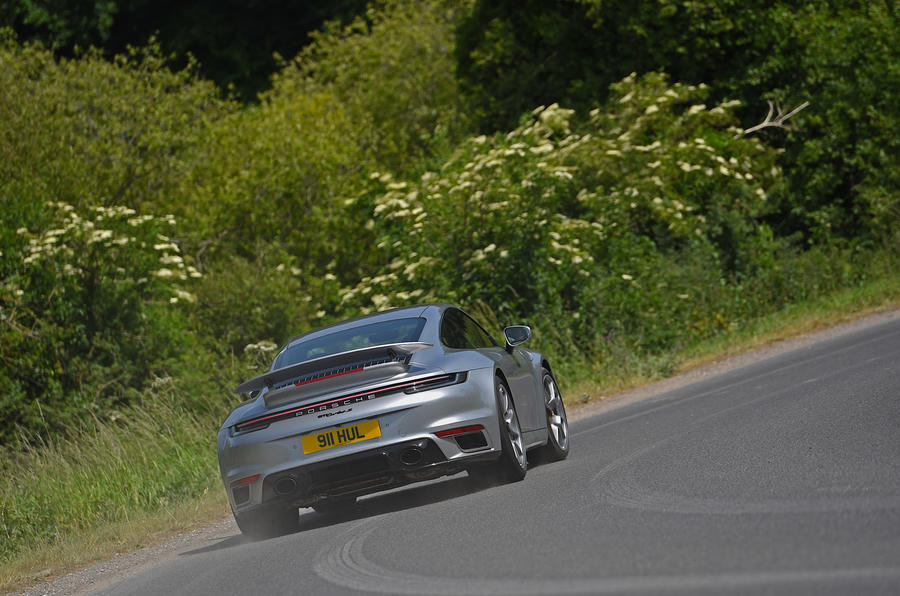
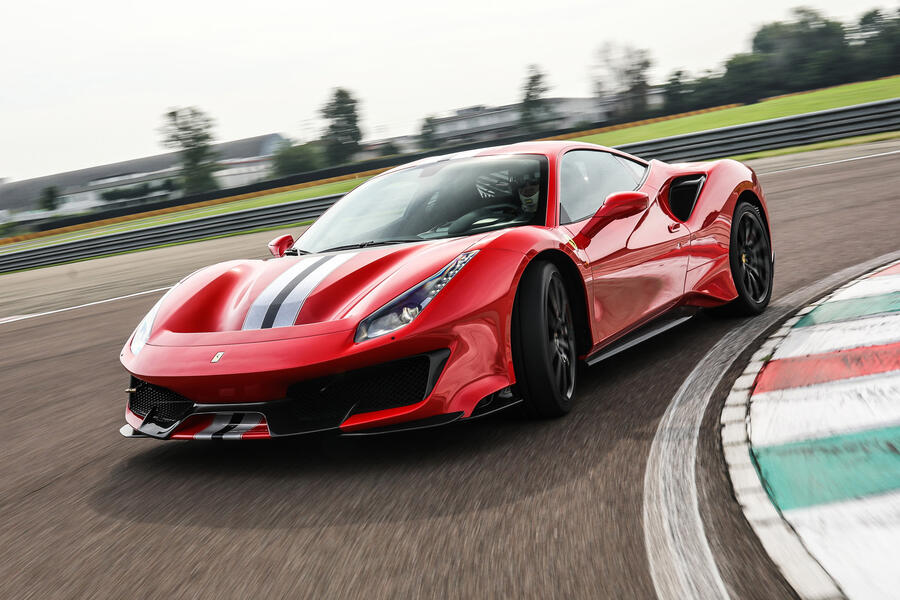


Join the debate
Add your comment
Your average Car spends 96% of its time sitting either in the Garage or Drive, not moving,more of a bald stat we should all remember.
Even if you exclude the relevance of Autocar’s list which are totally unaffordable to 99.999% of their readers and are fortunate to be accepted as a customer by the manufacturer I now longer think that the 0-62 mph speed is a proper measure of the acceleration drivers need in a real world situation. Pulling out of a junction into moving traffic or safely overtaking other vehicles is far better achieved by an EV whose instant torque with no turbo to spool up or gears to find, Whilst you sadly miss out on the noise of a ICE the immediate acceleration is pretty addictive.
96% of Cars, cars we drive sit on the drive or in the Garage,so, Cars like these are hardly polluters, th EV solution just takes the away from noise of the fossil fuelled engines, you get instant torque,maybe safer driving etc, yes, Cars of today spend more time sitting at your Door, so owning a car with a seven, eight figure price is not going to make a big difference really.
The clue is in the title, it says "tested by Autocar", clearly they haven't tested it yet, which is reasonable for a car launched in the US only 7 weeks ago, there probably isn't even one in the UK yet.
Seems to me that all that the Plaid is used for is against Cars on a Drag strip or the same thing on Highways , never seem them on a Racing circuit like Willow Springs for instance, are the just Airport runway Bunnies?, or are they meant to be Ev's for the masses?